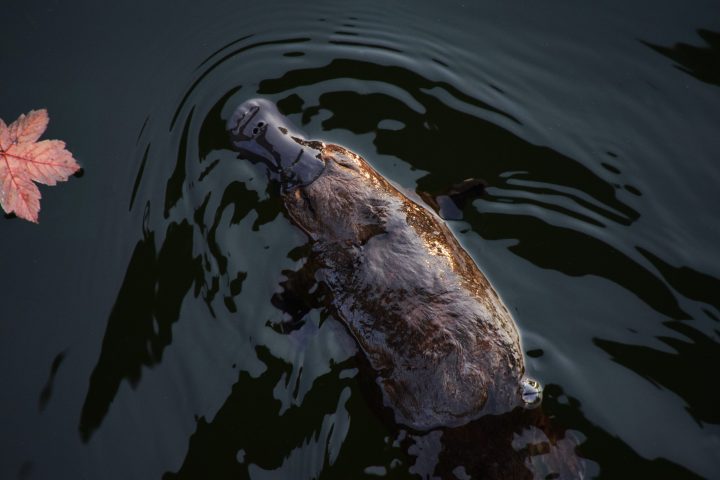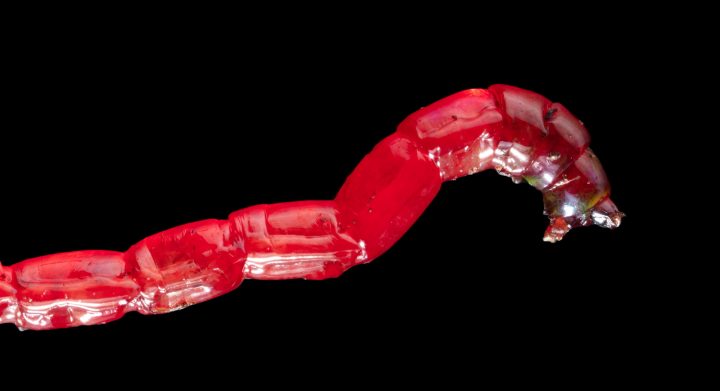Tiny transparent capsules found on bladderworts trap small prey via a resettable, vacuum-driven valve mechanism.
“Bladderworts also thrive here [on the Roraima tepui]. They are water plants found in wetlands in many parts of the world, including Britain, and they are so successful in trapping animals that they do not grow roots of any kind. Their traps, the bladders from which they get their name, are tiny transparent capsules. Glands on the inner surface of these are able to absorb water, and in doing so create a partial vacuum within. Each has a tiny door fringed with sensitive bristles. If a small water creature, such as a mosquito larva, touches one of these, the bristle acts as a lever, slightly distorting the edge of the door so that it no longer fits tightly on the rim. Water rushes in, sweeping the door inwards and with it, the little organism that touched the hair. The swirl of water within the capsule pushes the door back again and the prey is imprisoned. The whole action is completed within a fraction of a second. Once again, the glands start to suck out the water. Another set secretes digestive acids and the captive is killed, dissolved and consumed. The bladderwort has fed. Within two hours, the bladder’s partial vacuum has been restored and the trap is reset.” (Attenborough 1995:285-286)

In this video, high-speed footage shows how aquatic carnivorous bladderworts (Utricularia species) catch prey with suction traps, "swallowing" them in less than a millisecond.






